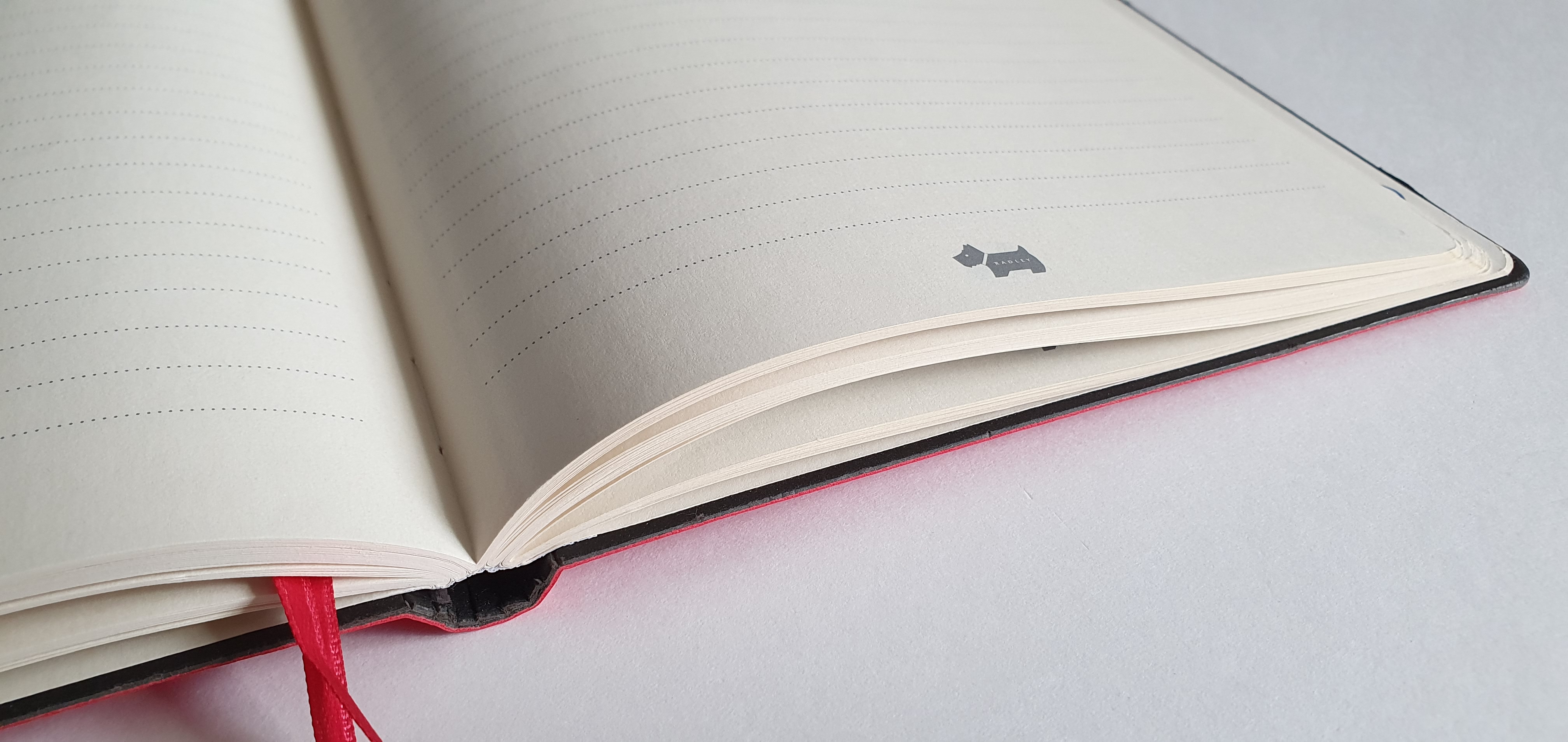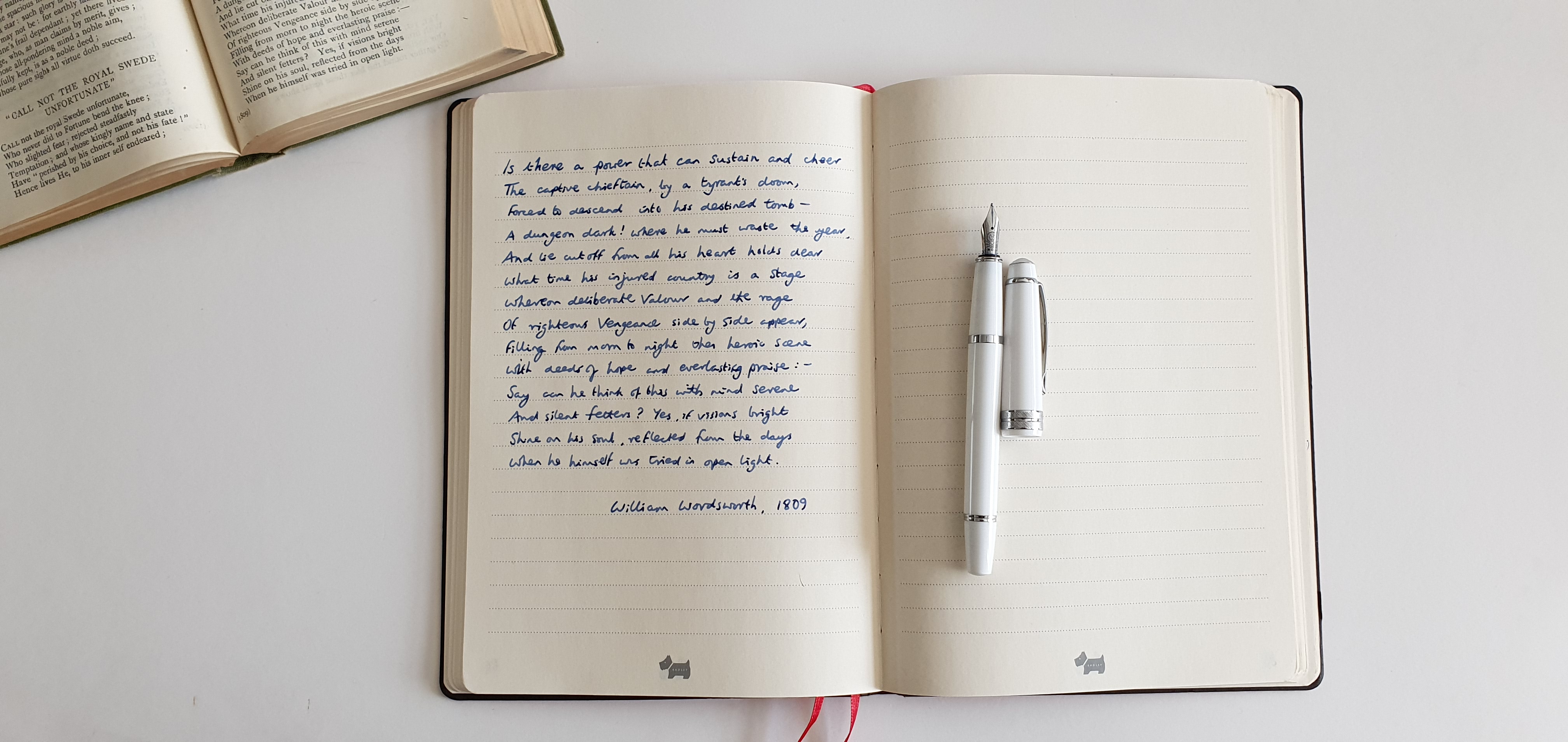Back in early January, I found myself in a party situation at a flat in London overlooking the River Thames, near Tower Bridge. It so happened that my wife was unable to make it and I went alone.
Like the hosts, many of the guests had six-year old children and so the general ambience was on the noisy side.
Seeing me on my own at one point, a young woman about half my age engaged me in conversation. Her name was Esther. Breaking the ice, she asked me if I had any hobbies. Caught off guard, I ‘fessed up to having a guilty pleasure, which was collecting fountain pens. I didn’t go into the distinction between collecting and accumulating but spared her this detail.
“Are those the pens with a separate capsule for the ink, that you puncture?” asked Esther, grimacing at the memory from her school days. “Yes, cartridges” I said, nerdishly adding that people generally refer to cartridge pens as fountain pens although technically a fountain pen is one which does not have a cartridge but has its own system of filling from an ink bottle, such as a piston, or lever or vac filling plunger.
“What is the attraction?” she asked. I tried to explain about finding the ideal combinations of pen, nib, ink and paper and the joy of effortless writing with no downward pressure and letting the words flow, with glistening wet ink and a comfortable pen. I babbled on about the joys of going back to analogue, like wearing a mechanical wristwatch instead of a battery one.
“So what do you write with these pens?” I said that I liked to keep a journal, a habit that I had continued for decades and also to write travelogues and to write letters. Also, I liked to write up memories. For example I had enjoyed reflecting on memories of my parents, listing key words as writing prompts and then going back to write up these memories in notebooks.

“But isn’t it easier to amend, edit and correct on a computer?” she asked, quite reasonably. Fair comment. “Yes it is” I replied. I said that perhaps writing with a pen made you more careful, rather like taking photographs on film, especially if you are shooting on medium format and have only 12 frames on a roll which makes you a better photographer. I thought back to letter writing sessions at boarding school when picking up a fountain pen and starting to write seemed to help ideas flow.
“What’s your favourite pen?” I said that many addicts would answer “My next one” which is only partly a joke. It seems that no matter how many fountain pens you have, you are always after the next one, a sign of obsession. I did then try to answer, but said it was difficult to say which was the favourite. I could perhaps try to list the favourite from each brand that I own, to narrow it down. I told Esther that lately I had discovered a pen called the Cross Bailey Light, which was inexpensive, comfortable and wrote well and had gone on to buy six of these, one in each of the available colours.
“Perhaps what you need to do is think which you like best and want to keep and then give all the rest to someone who will sell them for you on ebay.” I think I may have blacked out for a moment at this point as my mind digested this trauma. I might have said in my defence that most of my pens were not expensive ones and so it was not worth selling them. What’s more, I was rather attached to them (which is a bit silly if they are not being used regularly).
“What does your wife think about all this?” I had the answer to this one. “She thinks I am storing up problems for her for when I die.” I know that she is bothered about matching up pens with their boxes in the event of my untimely demise.
The moral of this little tale is that it can be difficult to describe and justify your hobby to a normal person. How do you explain that after a stressful day, you take pleasure in picking up a fountain pen and putting pen to paper, or even just thinking about which inks to try next in a certain pen? When fountain pen enthusiasts are together, all of this goes without saying.
The reality is that taking a disproportionate amount of pleasure from a pen, or any other day-to-day object is a bit of escapism. It is something that we do to make the bad stuff go away, to find happiness and which is cheaper than therapy.
On reflection, I did not handle the conversation with this charming young woman as well as I might. It is shameful that even on my chosen subject, when unprepared I led myself down a one way street, rather than perhaps winning another convert to join the pen club. Next time, I’ll say “I enjoy fountain pens. Now tell me about your hobbies, which no doubt will be far more interesting.” Another drink anyone?





